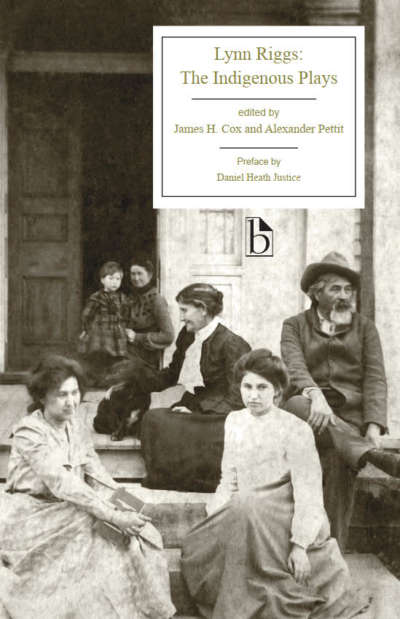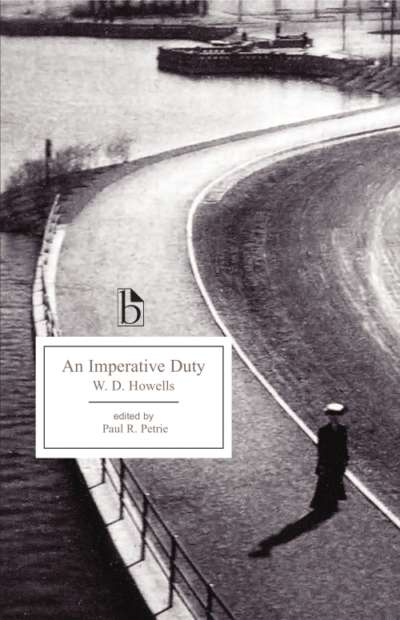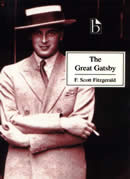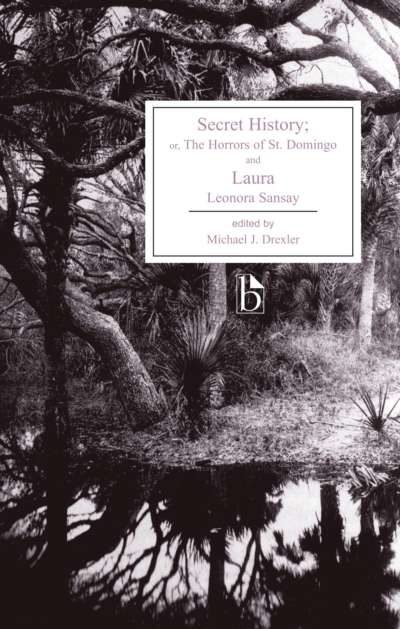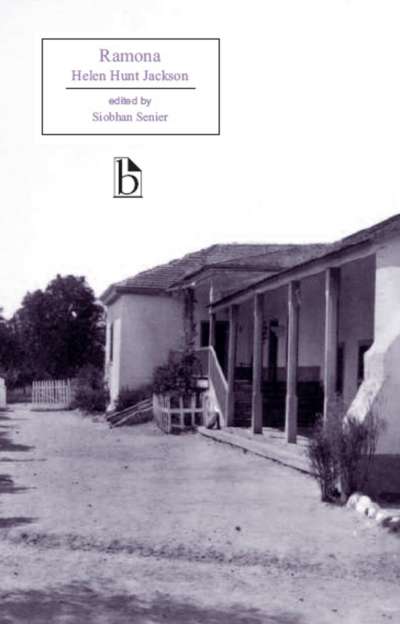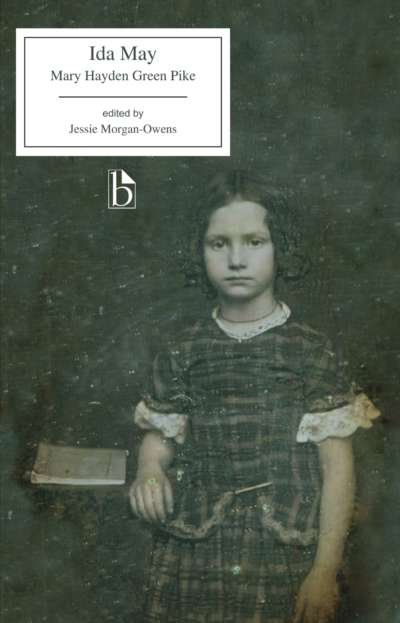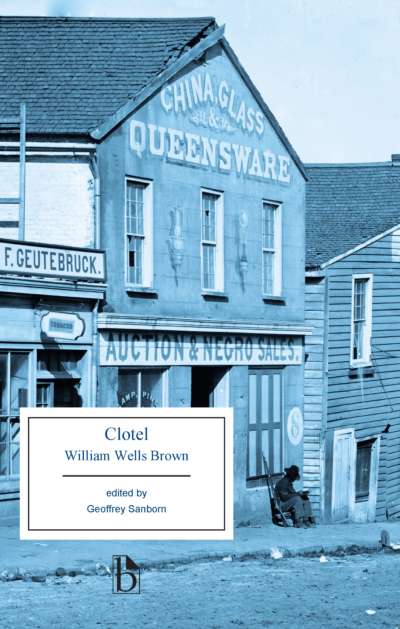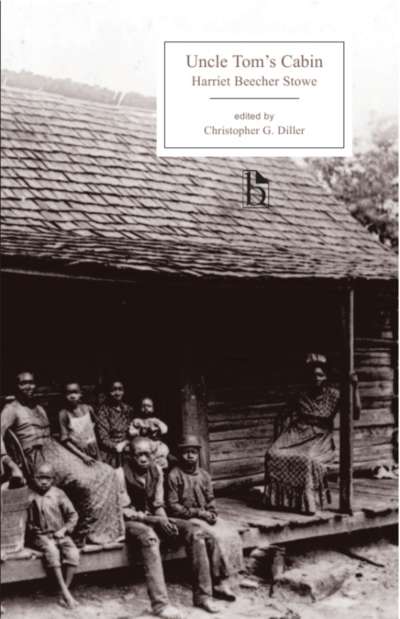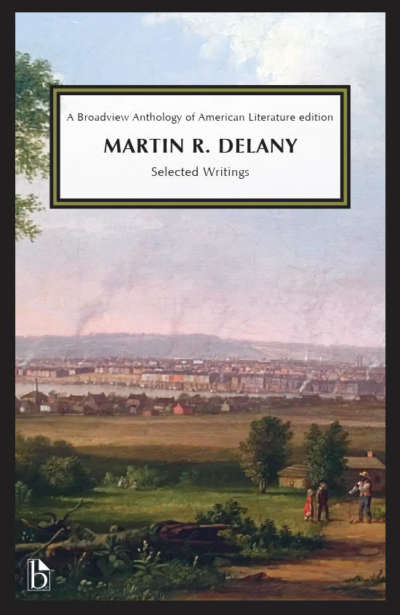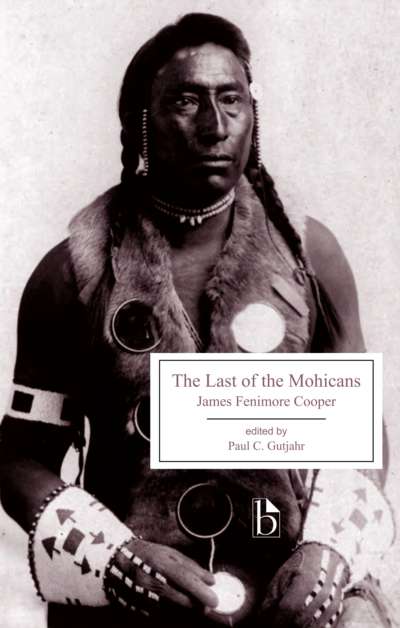 Print copies of this book are currently on backorder. Apologies for the inconvenience.
Print copies of this book are currently on backorder. Apologies for the inconvenience.
Among the first works of fiction in English by a North American writer of Asian descent, the stories collected in Mrs. Spring Fragrance present a complex and sympathetic picture of life in American Chinese communities in the early twentieth century. Far’s seemingly simple stories of family life reveal the tensions created by cultural assimilation. Rather than embracing any particular identity, the stories show a cosmopolitan sensibility that embraces “the motley throng of all nationalities’ in the streets of San Francisco’s Chinatown.
Appendices include materials on Chinese exclusion, missionaries and assimilation, and contemporary representations of Chinatown.
Comments
“Hsuan L. Hsu has done a great service to any reader interested in the work of Sui Sin Far, Chinese American life, or American racial attitudes. Hsu combines the complete text of Sui Sin Far’s groundbreaking fiction collection with a thoughtful selection of documents from the turn of the century that illuminate how Americans saw Chinese immigrants. The result is a valuable resource for scholars, teachers, and students.” — Viet Thanh Nguyen, University of Southern California
“Before this informative and meticulously researched critical edition of Mrs. Spring Fragrance, learning about Sui Sin Far was arduous, even though the number of publications on her work has been growing steadily since the 1990s. With this book in hand, readers who encounter Sui Sin Far for the first time have an enormous head start over those of us who worked with musty fragments scattered in distant archives. Hsuan L. Hsu gives us not only the story collection composed by Sui Sin Far herself, in which each story provides a context for the others; in the appendices he also provides a rich selection of period texts and images that will inspire teachers, students, and researchers.” — Dominika Ferens, author of Edith and Winnifred Eaton: Chinatown Missions and Japanese Romances
Acknowledgements
Introduction
Edith Maude Eaton/Sui Sin Far: A Brief Chronology
A Note on the Text
Mrs. Spring Fragrance
Appendix A: Edith Maude Eaton/Sui Sin Far as a Professional Writer
- From Sui Sin Far, “Leaves from the Mental Portfolio of an Eurasian,” The Independent (1909)
- From Sui Sin Far, Mrs. Spring Fragrance (1912)
- From “The Chinese in America,” Westerner (May 1909)
- From “Literary Notes,” The Independent (15 August 1912)
- Review in Journal of Education (31 October 1912)
- “A New Note in Fiction,” New York Times (7 July 1912)
- From Frederick Burrows, “The Uncommercial Club,” New England Magazine (1912)
- Review in The American Antiquarian and Oriental Journal (July–September 1913)
Appendix B: Chinese Exclusion
- Bret Harte, “Plain Language from Truthful James,” The Overland Monthly Magazine (September 1870)
- The Page Act (3 March 1875)
- Dennis Kearney and H.L. Knight, “Appeal from California. The Chinese Invasion. Workingmen’s Address,” Indianapolis
Times (28 February 1878)
- Chinese Exclusion Act (6 May 1882)
- From Samuel Gompers, Some Reasons for Chinese Exclusion (1902)
Appendix C: Missionaries and Assimilation
- From M.G.C. Edholm, “A Stain on the Flag,” Californian Illustrated Magazine (1892)
- From Register of Inmates of Chinese Woman’s Home, 933 Sacramento St., San Francisco, Cal. (1892–1903)
- From Dragon Stories: The Bowl of Powfah, The Hundredth Maiden, Narratives of the Rescues and Romances of Chinese Slave Girls (1908)
- From Arthur H. Smith, Chinese Characteristics (1894)
- Fred Morgan, “The Conversion of the Spider,” Daily Picayune (1 July 1909)
- Robert Carter, “The Real Yellow Peril,” The World (21 June 1909)
- Willa Cather, “The Conversion of Sum Loo,” Library (1900)
- Wong Chin Foo, “Why Am I a Heathen?” North American Review (1887)
Appendix D: Representing Chinatown
- W.B. Farwell, John Kunkler, E.B. Pond, “Official Map of ‘Chinatown’ in San Francisco” (1885)
- From Will Irwin, Old Chinatown: A Book of Pictures by Arnold Genthe (1913)
- Photographs from Old Chinatown: A Book of Pictures by Arnold Genthe (1913)
- Monument to Robert Louis Stevenson, Portsmouth Square, San Francisco
- Frank Norris, “The Third Circle,” The Wave (28 August 1897)
- Diagram of a House in Oakland’s Chinatown (1910)
- Sui Sin Far, “In Los Angeles’ Chinatown,” Los Angeles Express (2 October 1903)
Works Cited and Further Reading
Hsuan L. Hsu is Professor of English at Concordia University,



